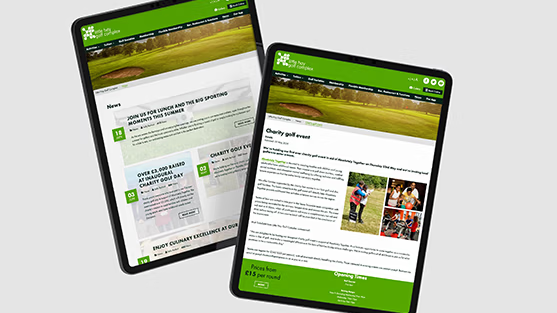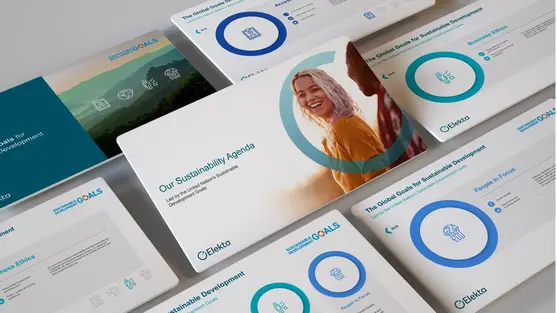The only content marketing
agency you need
As a creative content marketing agency, we craft content that grabs attention and drives results. With innovative ideas and eye-catching visuals, we engage your audience, build loyalty, and ensure they keep coming back for more.
Our content marketing services
Press releases
Inform your audience about significant events, product launches or updates with professionally written press releases that attract positive media attention.
Social media posts
Enhance your online engagement with tailored social media posts designed to resonate with your audience and encourage interaction.
Blogs
We can drive traffic to your website and build relationships with your audience through informative and entertaining digital marketing content, including blog posts.
Website copy
Our talented copywriters will optimise your online presence with clear, concise website copy that captures your brand’s essence and drives conversions.
Expert articles
Well-written and in-depth thought leadership articles showcase your knowledge and expertise and help to establish your authority in your industry.
Content marketing plans
We’ll develop a tailored content marketing plan that outlines your goals, target audience and the tactics to reach them.
Scriptwriting
Our expert scriptwriters will create compelling scripts for videos, podcasts or presentations that effectively convey your message and engage your audience.
Brochures
Professionally designed and written brochures highlight your products or services and leave a lasting impression on potential customers.
Case studies


Driving traffic, one keyword at a time
This community-focused, pay-as-you-play golf complex needed keyword-rich content to boost visibility and engagement. Combining the power of skilled copywriting with traffic-driving SEO, we write keyword enhanced blogs that promote everything from golf tuition and venue hire to the driving range and disc golf. This generates thousands of targeted views from Little Hay’s ideal audience.





Building culture with compelling content
This wellbeing-focused business park wanted to promote its Park Life resident culture scheme. We curated a comprehensive content marketing strategy to complement our packed event plan. By utilising digital and traditional touchpoints, newsletters, app content, press releases and social campaigns, we amplified work/life balance messaging, increasing engagement with its 1,300+ community.


Unifying content for life-changing work
We streamlined complicated insights from across the organisation into one concise, reader-friendly article focused on improving efficiency in oncology quality measures reporting. We delivered a refined document with clear, consistent messaging for Elekta’s website and communications with 4,700+ employees, supporting its vision of accessible, top-quality cancer care for over 3 million people.
Award-winning marketing agency in Sussex




FAQs
What is content marketing?
Content marketing is all about creating and distributing valuable, relevant content to attract and engage a specific target audience. Unlike traditional marketing, which often promotes products or services directly, creative content marketing prioritises building relationships through informative and entertaining content. Our content marketing service includes blog posts, articles, videos, social media updates and more. By providing your audience with useful information, you can build trust and establish your brand as an authority in your industry.
Why is content marketing important?
Content marketing is vital for businesses in today’s digital landscape. It helps build brand awareness, improve search engine visibility, and drive website traffic. By consistently delivering high-quality content, you can engage your audience and develop leads. Additionally, effective creative and digital content marketing enhances customer loyalty and encourages word-of-mouth referrals. In an increasingly competitive market, a well-planned content marketing strategy is essential for standing out and achieving long-term success.
How can content marketing help a business?
Our content marketing service can significantly benefit your business. It helps establish your brand’s authority, making potential customers more likely to trust your expertise, and enhances customer engagement by providing relevant information that resonates with your audience. Content marketing also improves your online visibility through search engine optimisation (SEO), driving more organic traffic to your website.
Lastly, it supports lead generation by guiding potential customers through their journey, ultimately resulting in higher conversion rates and sales. By partnering with a content marketing agency, you can achieve your business goals.
We’re more than just a content marketing agency
Our blend of organic and paid strategies ensures your audience sees fresh, engaging content.
We deliver memorable designs that engage with your customers and make your business stand out.
Transform your office to inspire your team, impress clients and reflect your brand’s personality.